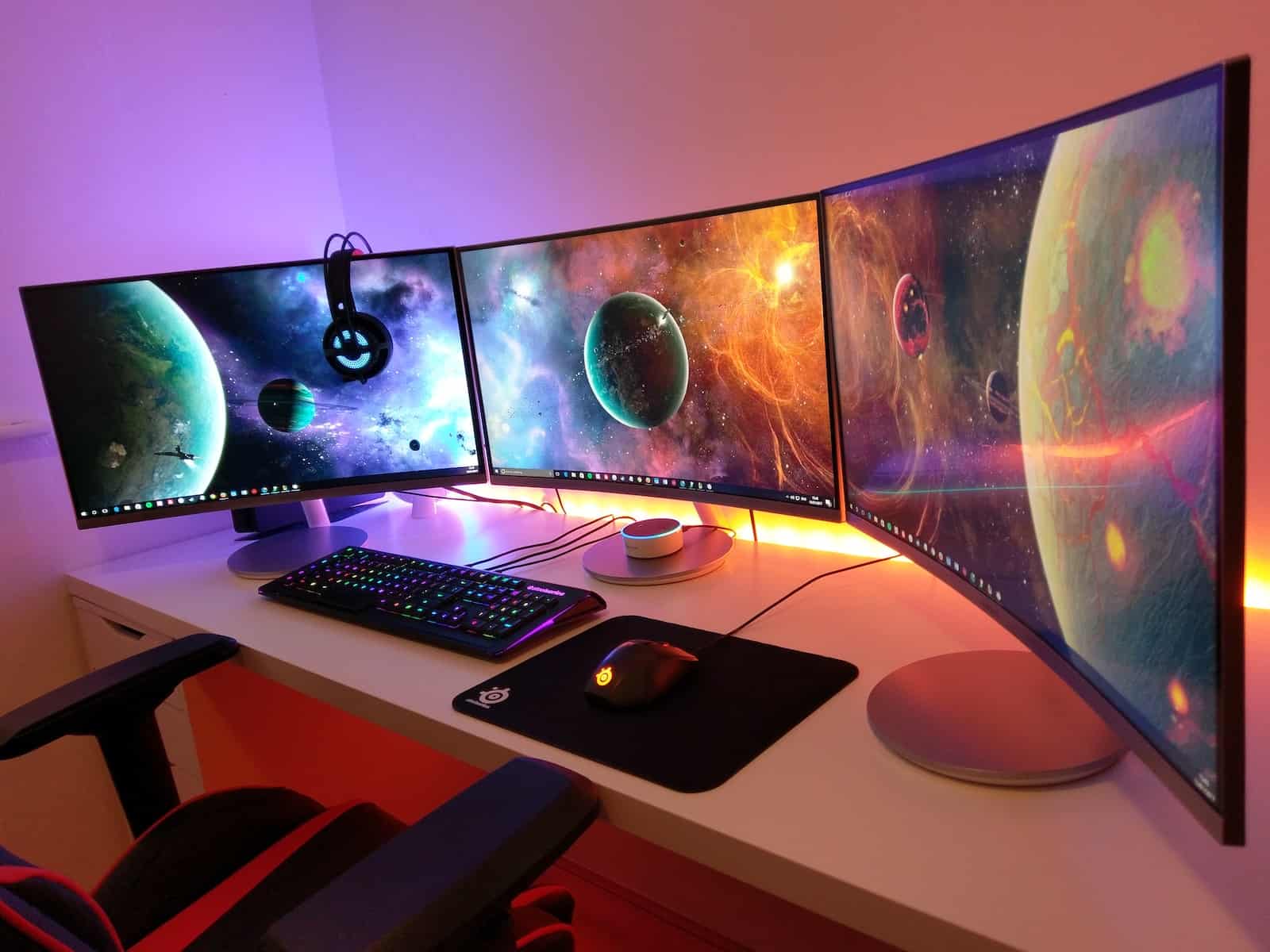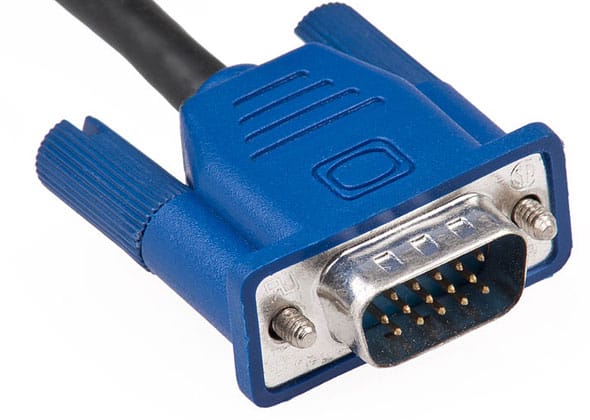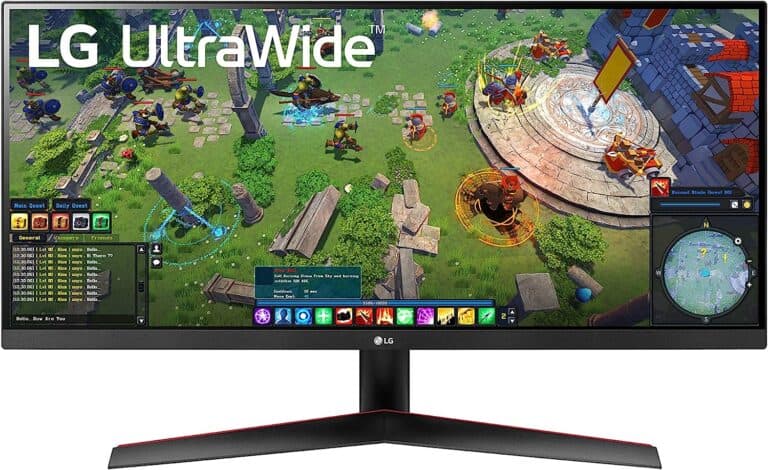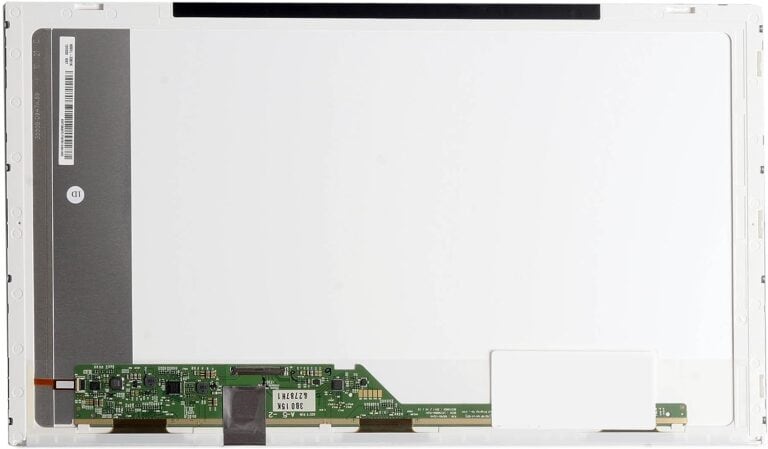Picking the right monitor refresh rate can make a huge difference in your viewing experience, especially for gaming. Higher refresh rates deliver smoother visuals and faster response times, but also come with higher costs and hardware demands. Let’s break down the pros and cons of each option to help you decide the sweet spot for your needs:
| Refresh Rate | Cons | Ideal For |
|---|---|---|
| 60Hz | Most affordable, common in standard monitors, suitable for everyday use and casual gaming | Budget-conscious users, non-gamers, basic computer tasks |
| 120Hz | Significant improvement over 60Hz, noticeable smoothness in most scenarios, suitable for various content from browsing to gaming | Mid-range budget, everyday users who want a smoother experience, casual gamers |
| 144Hz | Butter-smooth gameplay in most games, ideal for competitive titles and fast-paced action, reduces motion blur and ghosting | Gaming enthusiasts, competitive gamers, esports players |
| 240Hz | Ultra-smooth visuals, eliminates virtually all motion blur, best for competitive esports at the highest level | Hardcore esports players, enthusiasts with top-tier hardware, budget not a concern |
Additional factors to consider:
- Your PC hardware: Make sure your graphics card can consistently output enough frames per second (FPS) to match your monitor’s refresh rate. Bottlenecks can lead to tearing and stuttering.
- Game genre: Fast-paced shooters and esports titles benefit most from high refresh rates. Slower-paced games like RPGs may not require anything beyond 60Hz.
- Personal preference: Some users are more sensitive to motion blur than others. Try different refresh rates to see what feels best for you.
Here’s a quick visual representation to help you choose:
Ultimately, the best refresh rate for you depends on your individual needs and budget. Consider your hardware capabilities, game preferences, and budget to find the sweet spot for a smooth and enjoyable visual experience.
Key Takeaways
- 60Hz Monitors: Ideal for general use and budget-friendly setups. Offers basic performance suitable for non-gaming applications.
- 120Hz/144Hz Monitors: A sweet spot for gamers. Offers a significant improvement in smoothness over 60Hz, ideal for fast-paced games.
- 240Hz Monitors: Targeted at competitive gamers. Provides marginal benefits over 144Hz, with diminishing returns for casual users.
Understanding Refresh Rates: From 60Hz to 240Hz
60Hz Monitors: The Standard Choice
60Hz has been the standard refresh rate for monitors for years. It’s sufficient for everyday tasks and casual gaming, but may not deliver the smoothest experience in fast-paced scenarios. As one Reddit user noted, “60 Hz is still very playable… but 60 Hz at 4K can still be a great experience.”
120Hz and 144Hz: The Gamer’s Preference
The jump from 60Hz to 120Hz or 144Hz is where things get exciting. This range is often described as a massive leap in terms of smoothness and responsiveness. A 144Hz monitor, for instance, refreshes the screen 144 times per second, offering a noticeably smoother experience than a 60Hz display. This is particularly beneficial in gaming, where fast-paced action and quick reflexes are key. As shared on Reddit, “1440/144-165 really is such a solid sweet spot overall.”
240Hz: For the Competitive Edge
240Hz monitors are the choice for hardcore and professional gamers. While the difference between 144Hz and 240Hz might not be as stark as the jump from 60Hz to 144Hz, it’s still noticeable, especially in competitive gaming scenarios. However, for the average user, the benefits might not justify the cost.
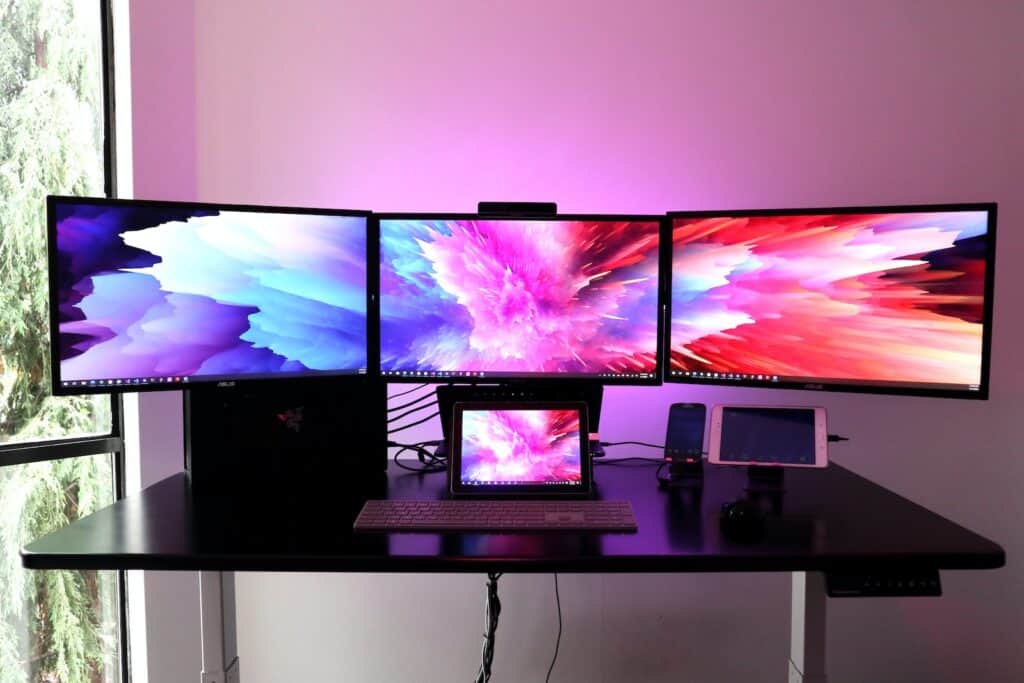
Practical Considerations: Choosing the Right Monitor
Compatibility with Your System
Before opting for a high refresh rate monitor, ensure your computer can handle it. As per Rtings.com, “Getting a high refresh rate monitor doesn’t automatically give you high frame rates; you still need a computer with enough graphical processing power to support it.”
Resolution vs. Refresh Rate
Higher resolution can sometimes be more impactful than a higher refresh rate. For instance, a 1440p 144Hz monitor might offer a better balance of clarity and smoothness than a 1080p 240Hz monitor.
Budget and Usage
Consider your budget and what you primarily use your monitor for. If you’re not into competitive gaming, a 60Hz or 144Hz monitor might be more than sufficient.
Real-World Experiences and Opinions
- 60Hz Experience: “I can barely tell the difference above 60Hz but resolution is instantly noticeable.” – Reddit user on preferring higher resolution over refresh rate.
- 144Hz Testimony: “I went from a 60hz to a 144hz monitor. The difference is indeed remarkable, everything feels smoother.” – Reddit user’s experience.
- 240Hz Insight: “The majority of people can’t tell much difference past 144hz… 144hz is the sweet spot for high refresh.” – Reddit user on the diminishing returns of higher refresh rates.
Video Insights
- Understanding Refresh Rates: A Visual Guide
- The Truth About High Refresh Monitors
- 240Hz vs 144Hz vs 120Hz vs 60Hz – Slow Motion Comparison
Additional Resources
- How To Pick The Ultimate Gaming Monitor
- The Hertz Limit For Each HDMI Version
- Why Can I Only Choose 60Hz on my 165Hz Monitor?
FAQ: Refresh Rates and Gaming Monitors
Q: Is there a significant difference between 60Hz and 144Hz monitors? A: Yes, the difference is significant, especially in gaming. 144Hz offers a smoother and more responsive experience.
Q: Can the human eye notice the difference between 144Hz and 240Hz? A: While some may notice slight improvements, the majority of users find the difference between 144Hz and 240Hz minimal.
Q: Do I need a 240Hz monitor for casual gaming? A: For casual gaming, a 144Hz monitor is typically more than sufficient. 240Hz is generally targeted at competitive gamers.
Q: Will a higher refresh rate improve my gaming skills? A: A higher refresh rate can improve the gaming experience and may offer a slight edge in fast-paced games, but it’s not a guaranteed way to improve skills.
Q: Is it worth upgrading from 60Hz to 120Hz or 144Hz? A: Yes, upgrading to 120Hz or 144Hz from 60Hz is generally worth it for a noticeably smoother and more responsive experience, especially in gaming.
In Conclusion
Choosing the right monitor depends on your specific needs and usage. While 60Hz is adequate for general use, 120Hz and 144Hz monitors offer a significant improvement in gaming performance. For competitive gamers, 240Hz monitors provide an edge, but with diminishing returns for casual users. Consider your system’s capabilities, resolution preferences, and budget when making your choice.

